These Scientists Hope to Have Half the World’s Plant Families on Ice By the End of Summer
Teaming up with botanical gardens, researchers at the Natural History Museum are digging deep into garden plant genomics
/https://tf-cmsv2-smithsonianmag-media.s3.amazonaws.com/filer/97/5b/975bf3f8-0776-4566-b75d-68da141d827f/nhb2015-02148_edit.jpg)
Amid cool mist and black lava rock, botanist Vicki Funk clips a stem from a yellow flowered Hawaiian plant called ‘ilima (Sida fallax). “When lava comes out into the ocean, this is what colonizes new islands,” she explains.
Funk, a researcher at the Smithsonian National Museum of Natural History, is a long way from Hawaii, though. Instead, she’s in a room at the U.S. Botanic Garden’s glass-walled conservatory in Washington, D.C. After quickly whisking the stem onto a clean sheet of thin paper, Funk adds it to her accordion-like file of pressed plants. Each is preserved between paper and cardboard, bookended by wooden slats and tied together with bright orange straps. Meanwhile high school and college interns in her lab cut a tissue sample from the same plant and swiftly stick it in a test tube that’s stored in a bubbling cauldron of liquid nitrogen. For ‘ilima, speed is of the essence. “DNA starts to degrade almost immediately,” explains Funk.
On Wednesday, Funk and her squad moved about the garden taking samples from other plants as well—a cacao tree, snowflake aloe, and an ant plant, among others. Her work is part of the Smithsonian’s Global Genome Initiative (GGI), which kicked off a huge summer garden project this week.
/https://tf-cmsv2-smithsonianmag-media.s3.amazonaws.com/filer/99/cd/99cd6467-0653-4cd7-b323-11a7863d8933/hawaiianflower_edit.jpg)
GGI launched two years ago, and its aim is to preserve half the world’s biodiversity in repositories across the globe. To achieve this end, researchers have sampled and catalogude plants, animals and insects in field expeditions around the globe. “Think of it as 21st century conservation biology,” says Jon Coddington, an entomologist at the museum who oversees the project.
For plants, that means merging the old school with new school collection techniques. Botanists have long used wooden plant presses to document leaves, flowers and even roots in a traditional herbarium sample. Now, by suspending tissue samples in silica gel and freezing them in liquid nitrogen they can better understand the plant’s genetic secrets. Pressed samples will be dried to kill any stray bugs, while tissue samples will be stored in giant cryogenic chambers at the Institution’s Museum Support Center in Suitland, Maryland.
Pressed herbarium samples can only tell us so much about plants because their DNA degrades over time. Preserving a plant’s genetics opens up a host of research possibilities, but “access to genome quality material is the most limiting step in plant genomics,” says Coddington. The best way to preserve DNA is to freeze it in liquid nitrogen and store it at facilities like the Institution’s cryogenic repository—one of the largest of its kind.
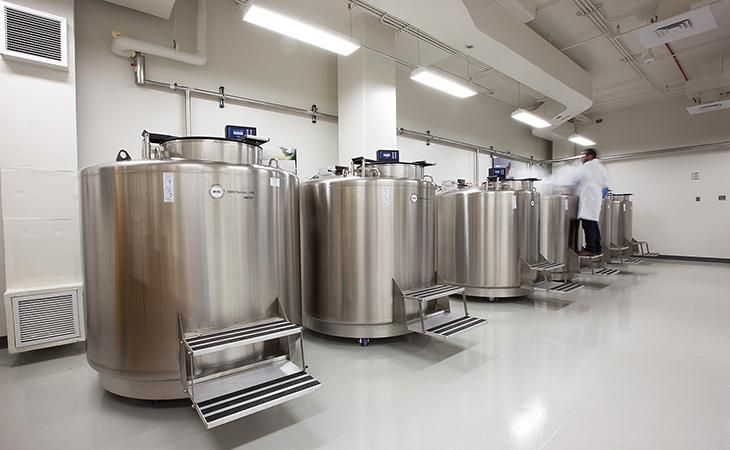
Researchers know a lot about plants useful to humans, but there are massive gaps in the plant family tree. Sequencing a plethora of plant genomes can fill in those gaps. Luckily, the technology to do that has gotten a lot cheaper and faster in the last decade. “It took ten years to sequence the human genome. Now you could do that in about an hour,” says John Kress, a botanist at the museum and the Smithsonian’s Undersecretary for Science.
Right now researchers have genomic samples from about three percent of plant genera worldwide. Over the course of the summer, field teams—just by collecting at gardens and parks in the Washington, D.C., area—will strive to sample half of the world’s plant families. Next, they’ll take the project on the road to other botanical gardens. In the next two years, the scientists hope to gather up samples from half the plant genera that inhabit Earth. “Going from three to 50 percent, that’s a huge difference,” says Coddington.
Sequencing so many plants would take awhile, though. For now, GGI just wants to get the samples on ice. For easy identification, they’ll create a DNA barcode for each sample by sequencing two genes that vary from one plant to another. The samples will be preserved in a database online and available to plant enthusiasts and researchers around the globe. For now, this library can help identify plants around the world, and down the line, scientists can use it to sequence and study entire plant genomes.
A botanical garden might seem like an unusual field site. Typically, one imagines botanists traipsing through jungles and climbing mountain peaks to collect rare and undiscovered plants. Funk and botany graduate student Morgan Gostel have trekked to high elevations in the Andes to collect plant specimens, sometimes camping out at below freezing temperatures and hauling liquid nitrogen tanks up mountains. This field expedition keeps them a lot closer to home, with decidedly better weather and plenty of hip food truck lunch options. However, “the dirty work of making the collection is really no different than what you would do in the field,” notes Gostel.
So, why the unorthodox venue? As living plant museums, gardens are in an ideal place to fill in these gaps with well-documented samples primed for genomic sequencing. “Botanical gardens have been pulling together collections like this, in some cases, for hundreds of years, going back to the Renaissance even,” says the garden’s director Ari Novy. Gardens also serve as umbrella organizations for groups involved in species discovery. Some are home to seed banks, as well, and specialize in specific types of plants.
Researchers can learn all sorts of things from seed and tissue samples, from identifying invasive species to answering big questions about plant evolution. “It’s limitless,” notes Félix Forest, a plant evolutionary biologist at the Kew Royal Botanical Gardens in the U.K. Kew is working on a similar project to preserve genetic samples of 25 percent of wild plant species by 2020.
GGI and Kew are part of a larger movement to preserve plant diversity in biorepositories, like the Smithsonian’s cryogenic facility and Svalbard’s Antarctic seed vault. They’ve teamed up with similar organizations to form the Global Genome Biodiversity Network (GGBN).
What’s the rush? “Ideally, you’d want to preserve a live specimen, but that’s becoming less feasible,” says Coddington. Last month, researchers suggested that the Earth is already in the midst of its sixth mass extinction event. With habitat destruction and a host of climate change-related threats on the horizon, scientists want to preserve some samples while they still can. “There’s a certain urgency to this,” adds Kress.
Preserving these genomes now, can help us learn from them in the future. Forest agrees, “If we have that genetic diversity preserved in some kind of fashion, we can go back to it in 20 years.” In addition to learning from plant DNA, researchers could even resurrect extinct plants. The idea of bringing a species back from death naturally comes with controversy, but let’s not get ahead of ourselves. Forest cautions, “This isn’t Jurassic Park—yet. But technology is moving so fast that who knows what we could do with a tube of DNA 20 years from now.”
/https://tf-cmsv2-smithsonianmag-media.s3.amazonaws.com/accounts/headshot/Screen_Shot_2014-01-27_at_12.05.16_PM.png)

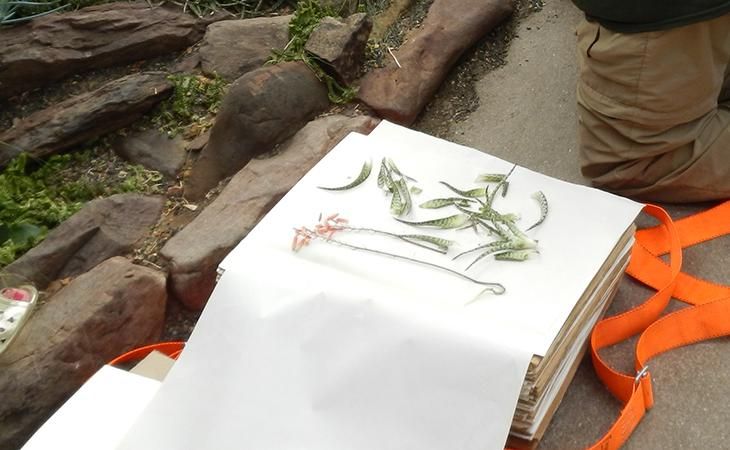
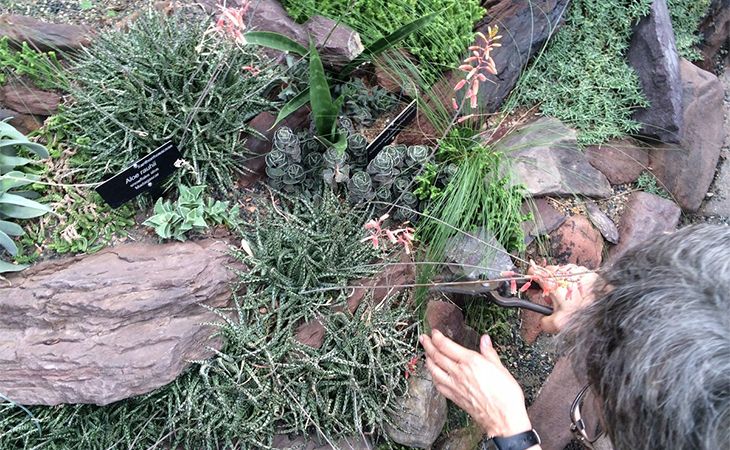
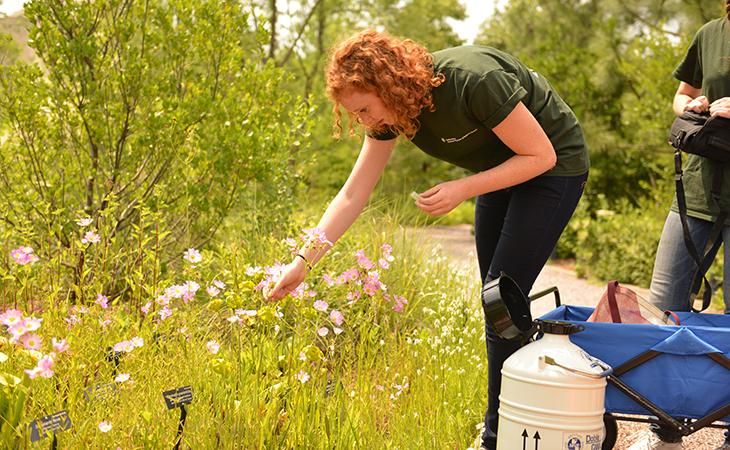
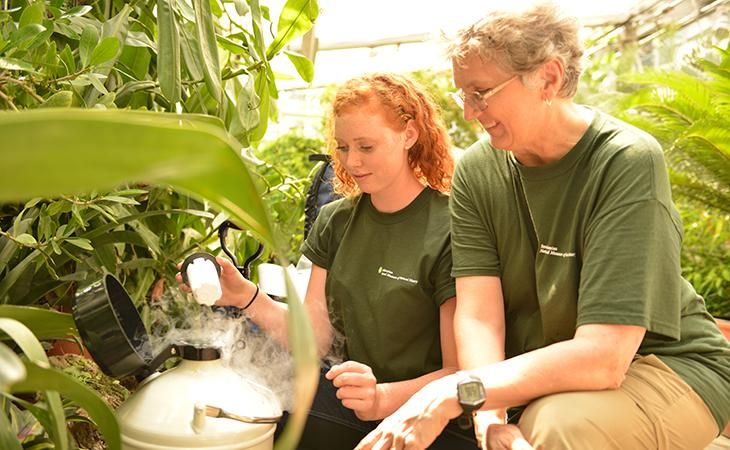
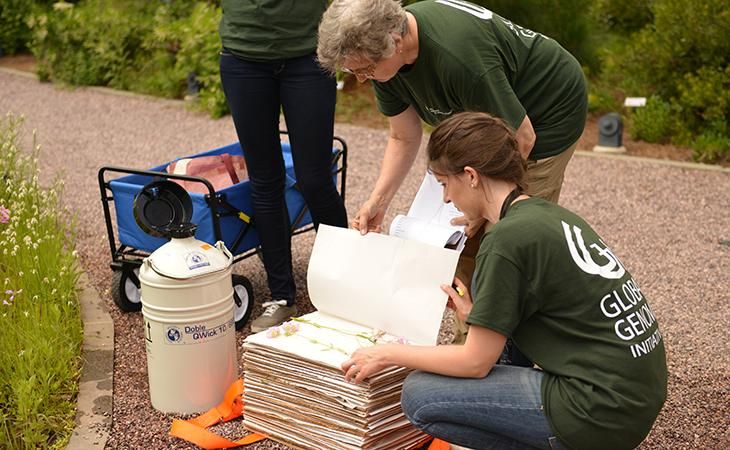

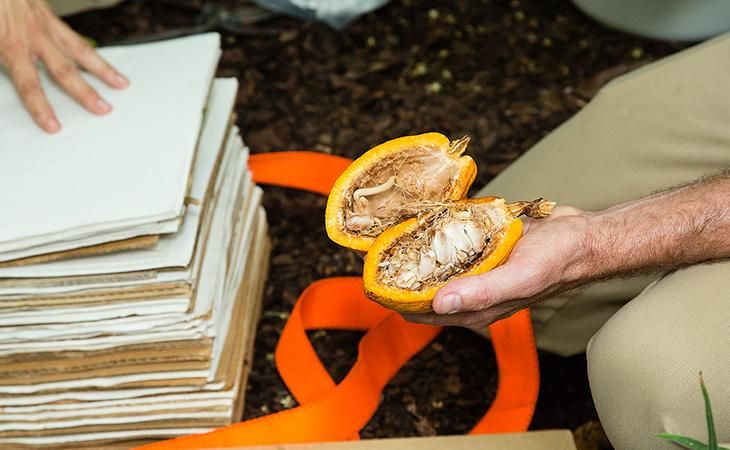
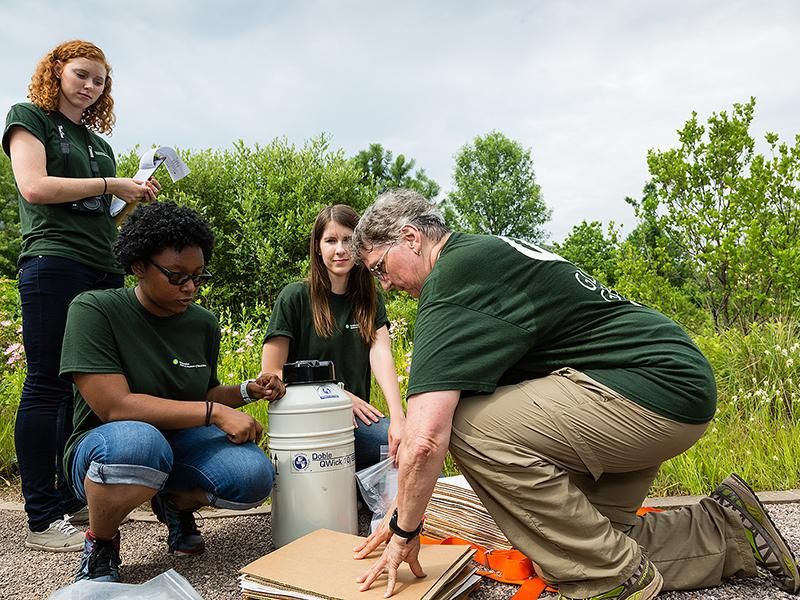
/https://tf-cmsv2-smithsonianmag-media.s3.amazonaws.com/accounts/headshot/Screen_Shot_2014-01-27_at_12.05.16_PM.png)